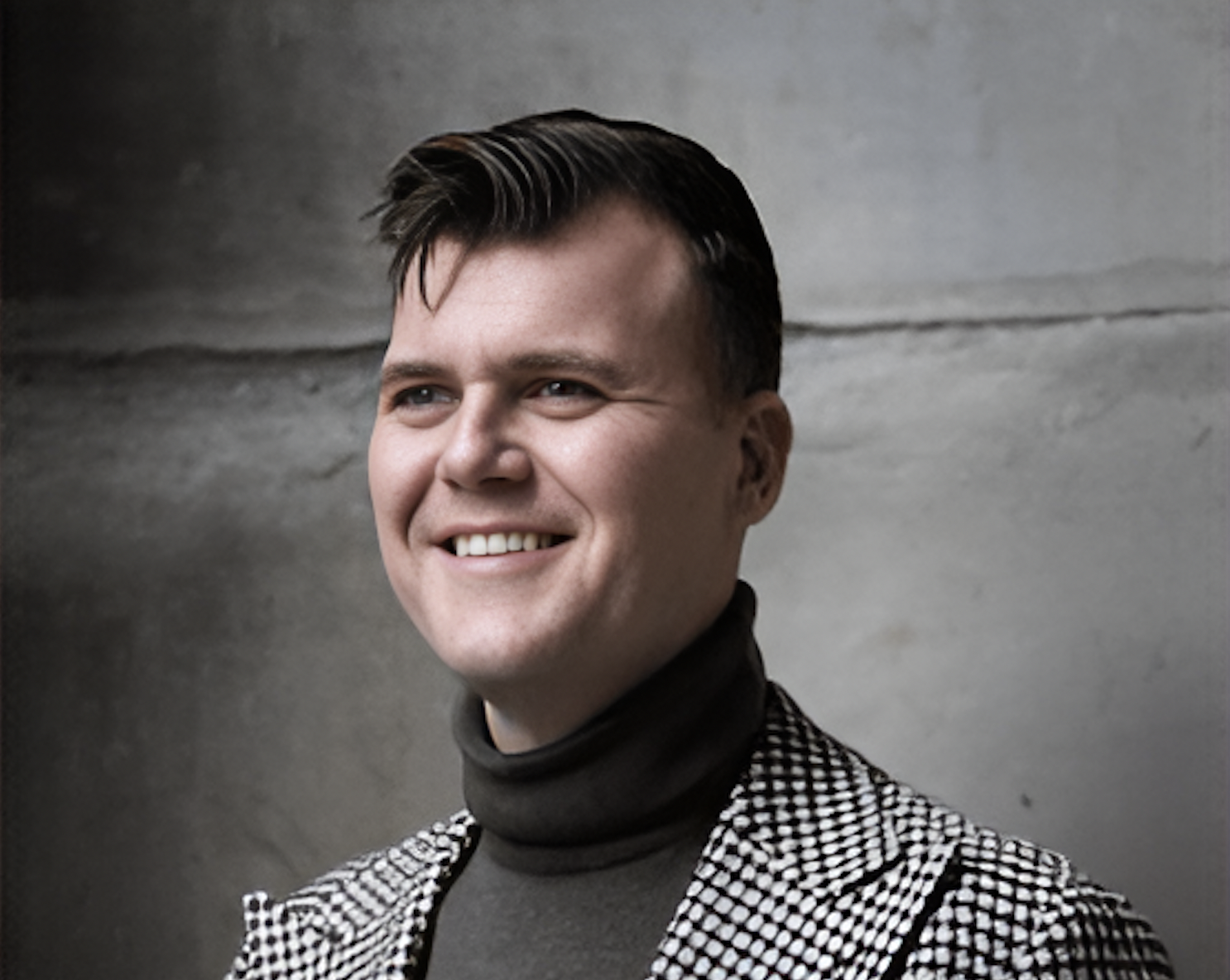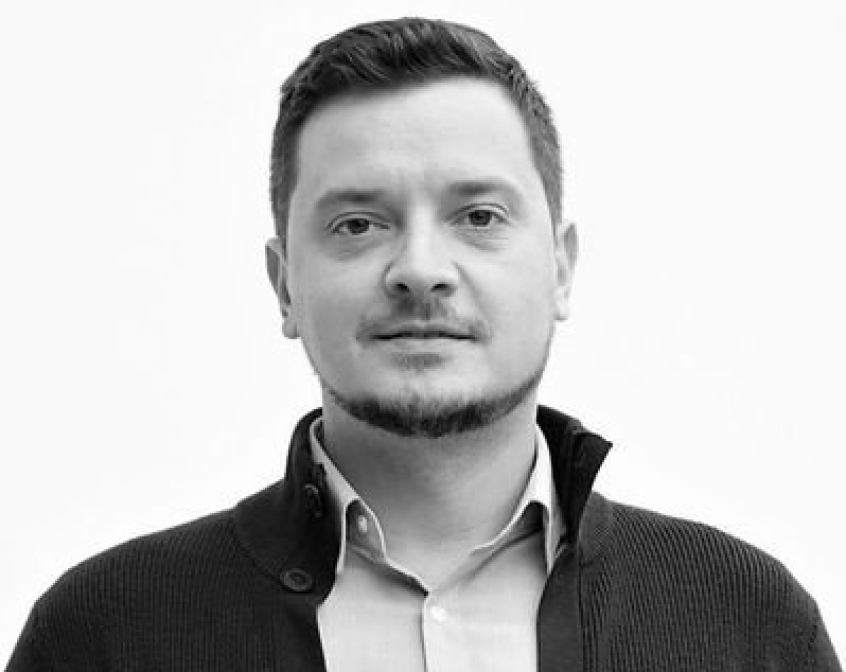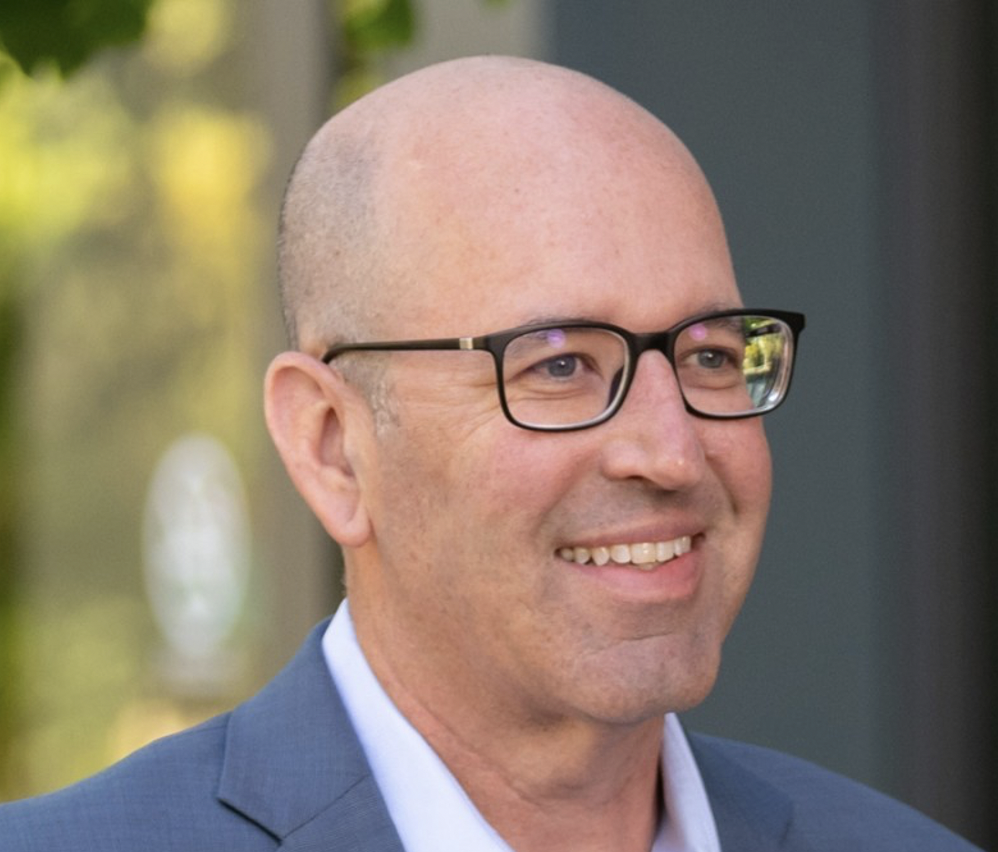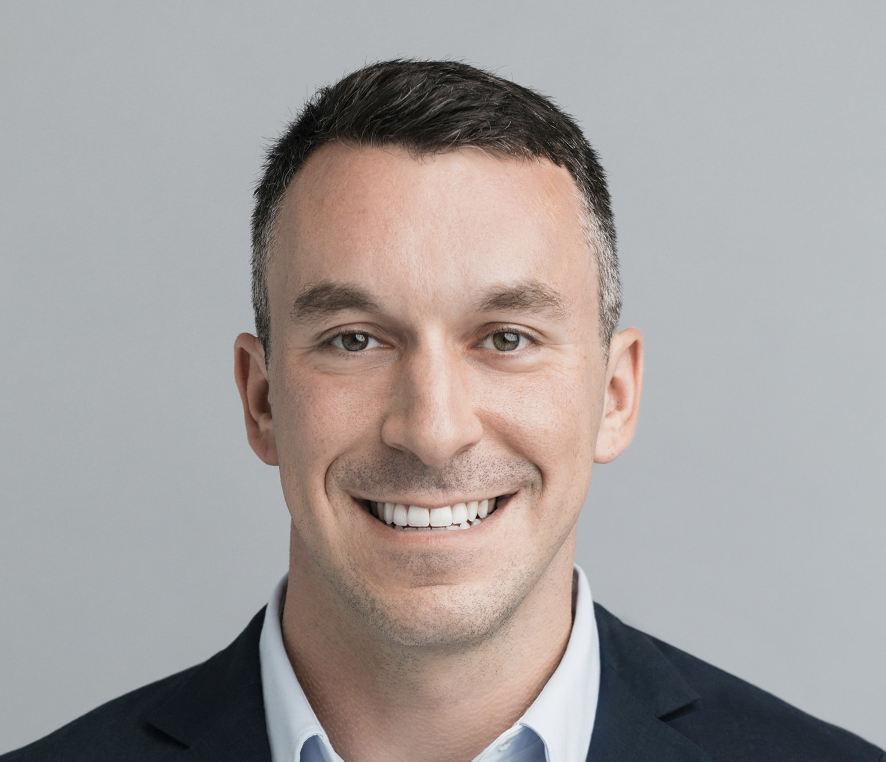With more than 30 years of experience at some of the largest companies in the world, Couchbase Chief Financial Officer Greg Henry has successfully led expansive finance teams across the enterprise software and healthcare industries. Greg has helped Couchbase navigate the hypercompetitive cloud database landscape for over 7 years, and played an instrumental role in taking Couchbase public in 2021.
Greg’s finance journey began with 5 years in the audit group of Ernst & Young. He transitioned into the corporate finance universe when joining General Electric – through nearly 14 years and multiple promotions, Greg worked his way up to being the CFO of GE’s Healthcare IT group. There, he oversaw a $1.8 billion revenue division that provided clinical and financial information technology solutions to customers around the globe. Following an impressive run at GE, Greg joined ServiceNow as a finance executive and relocated to the Bay Area, ultimately leading him to Couchbase in 2016.
Greg recently sat down with Crew Capital’s Brandon Deer to discuss his transition from a company with 300,000 employees to one with 200 employees, Couchbase’s latest artificial intelligence (AI) integrations, and advice for CFOs preparing to take their companies public.
Watch also the video version of the interview!
Challenges of moving from a large company to the startup world
While Greg enjoyed his experience at GE and said he wouldn’t trade it for anything, he felt it was time for a change after 14 years. He’d relocated multiple times, both inside and outside the United States, and wanted to settle down somewhere that better aligned with his family and career ambitions. Greg landed on the San Francisco Bay Area, but making the transition from a massive multinational conglomerate to a scrappy startup came with two distinct challenges.
“I’d spent 14 years at GE, and at the time, GE had 300,000 employees. It was one of the largest companies on the planet, and I’d spend a lot of time and energy building my network, but it was all an internal network,” Greg said. “Then, the day I stepped outside GE, I realized I didn’t have an external network. I had to start from the beginning. That’s why it was wonderful that I landed in the Bay Area in the heart of the tech ecosystem, because I found it to be very open, welcoming, and friendly to create that network.”
As for the second challenge, Greg likened the contrast between his role at a multinational giant and at a startup to the various jobs involved in flying an airplane. “In retrospect, I was more air traffic controlling just to make sure the planes didn’t crash into each other. I really wasn’t flying the plane because it was such a large company,” Greg said. “I really like that feeling of being able to be on the plane and fly it. It was important work that I was doing, but I couldn’t have changed the direction of GE, as much as I tried at the time.”
Reaching commercial success from open-source projects
As a first-time CFO at Couchbase, Greg joined a first-time CEO in Matt Cain. In Greg’s own words, the path from where Couchbase was in 2016 to $200 million in ARR “wasn’t a straight line that went up and to the right.” Greg shared that success required a combination of identifying the direction the market was headed and making the right tactical decisions. In order to do that, company leadership has to answer a few fundamental questions.
“Do you understand how your business runs? How much can you renew your customers? How much can you upsell your customers? What kind of new logo activity is there? You have to understand all those pieces and look at history to create this predictable model,” he said.
When Greg joined Couchbase in 2016, questions lingered about the commercial viability of open-source business models. Since then, enough open-source models have succeeded — including Couchbase — that it’s no longer as pressing of a question.
“You’ve got to understand the license model. Will somebody else be able to take that code and do something with it that could be competitive with you? Do you have the ability to control your open source community, and really be able to manage that cleanly?” he said. “We’ve seen multiple different models, and the ones who were a little bit more open at the beginning have been challenged, and you see them changing their models.”
As for managed services, Greg compared the recent shift to consumption models with the shift from data centers to cloud-native services years ago.
“Unless you’re at scale, managing the database isn’t core to what most companies do. If they can pass that off, they’ll save money by not needing the human resources or having to deal with the infrastructure. It’s almost the same thing as when we all started going to the cloud and getting rid of our data centers,” he said. “I don’t need to be in the management space, and I’d rather move to a consumption model where I’m not having to pick how much I want to pay for a year out. I’m going to pay for what I can see today, and if I need more, I’ll come back and buy more at a later time and not waste my investment.”
Couchbase’s latest AI enhancements
Couchbase sees AI as the next revolution in tech, and that it’s already among us. Greg believes Couchbase is well-positioned today because of the merger of CouchOne and Membase several years ago, and the improved product the new company offered from the start.
“We intended to build what we believe is the most scalable, performant database. As you think about the demands that AI is going to have, we keep hearing about Nvidia having to come out with more scalable, more powerful chips to power all the AI that’s going to happen, particularly around AI applications. We think we’re going to need a more powerful and scalable database to go with this. That’s where we’re set up,” he said.
Greg referenced several projects Couchbase had already launched along with several key fields he sees as essential to the success of AI and all it entails.
“Just in the last eight months, we launched our Capella iQ, which is a co-pilot that promotes tremendous developer efficiency. We launched a product called Columnar, which is a cutting-edge real time analytics service. And again, in the database space, there are really two key pieces. There are analytical databases and operational databases. Analytical is a sort of batch offline processing – If you think about a Snowflake or Databricks, operational is what Couchbase does. But you need some level of analytics in real time and runtime on the database to serve up the right information,” he said. Greg went on to detail some of the exciting capabilities that Couchbase’s newest releases enabled.
“We just came out with our vector search capability, which is essentially the ability to take a simple question and get multiple answers. Let’s say we want to match the shirt you’re wearing today. You want to buy a pair of shoes that matches that. I can take a picture of it, and with AI, can say, ‘Okay, here are some gray shoes that match that.’ But I also want to do things like set a price target. I want a certain size. I want it within 10 miles of where I am. I want to know that there’s inventory in stock, and all these other pieces and parameters that just came across the database that weren’t available before vector search.”
Advice to CFOs and executives on IPOs
Due to the macroeconomic conditions over the last 2 years, there has been a backlog of companies waiting to go public as capital markets have weakened. As Couchbase’s CFO, Greg played a crucial role in stewarding the company through its IPO in 2021. He advises founders that while an IPO is a historic day, it’s only a single day – what matters more is generally public company readiness.
“A lot of these companies are ready scale-wise, metric-wise, but if you get there and you’re not really public-company ready in how you operate day to day, it’s not going to ultimately be successful. If you can’t forecast your business, if you don’t have predictability, if you don’t have the roadmap and the pipeline to keep going, it’s not going to be worthwhile,” Greg said. “I also believe that it’s individualistic for companies on when they should or if they should go public. Yes, there are metrics, but at least for us, we had a feeling of what was right for us and the right time. I would trust your gut around that and not automatically be swayed by, ‘Well, you’ve hit the metrics. Let’s go.’ If you don’t feel you’re ready, then it’s not the right time to go. And again, if you have to wait an extra 6 months, a year, or whatever, I don’t think it’s a bad thing.”
Greg suggested that as pressure mounts to take a company public, understanding people’s motivations for an IPO can better inform whether or not it’s the right move at the moment. What do they hope to achieve? Are they trying to say they work for a public company? Are they after liquidity? What is it they’re trying to solve? Additionally, Greg encouraged CFOs to build a network of CFOs and other company leaders to bounce ideas off of, gain clarity around the IPO process, and generally discuss how to navigate running a public company.
“The one thing that was challenging for me was that no one ever talked about how you build the syndicate that’s going to take you public from the banks. It seems relatively easy, picking the lead left and lead right, but doing the rest of the syndicate and making sure the economics work out and you can get who you want to get — there is definitely nuance to it. The more people you can talk to, the more you’ll understand some of these different things. Yes, you have to pick a lead bank. Yes, you have to pick a good law firm, but find the things that are less well-known and figure out how those work for each CFO.”
Lastly, Greg believes that once a company goes public, balancing growth and profitability matters more than ever, and maintaining culture keeps the engine humming. “Keep focusing on your differentiation. That’s going to win the day. You need to focus on profitable growth. You have to find the right balance between profit and growth,” he said. “Then, focus on the people, the culture, and the values. If you do all those things, over time, you will see success.”
Related Articles

Marius Istrate: Building an Employer Brand at Early Stage Companies

From Report Factory to Revenue Oracle: John Queally on the RevOps Transformation
John Queally, Senior Director of Revenue Operations at Clari, has witnessed this evolution firsthand. His vision of revenue operations (RevOps)…

Vlad Ionescu: An Early-Stage Startup Marketing Masterclass: Part II
Crew Capital’s Dylan Reider and Sonia Damian recently sat down with Vlad for a two-part interview on how early-stage startups…








